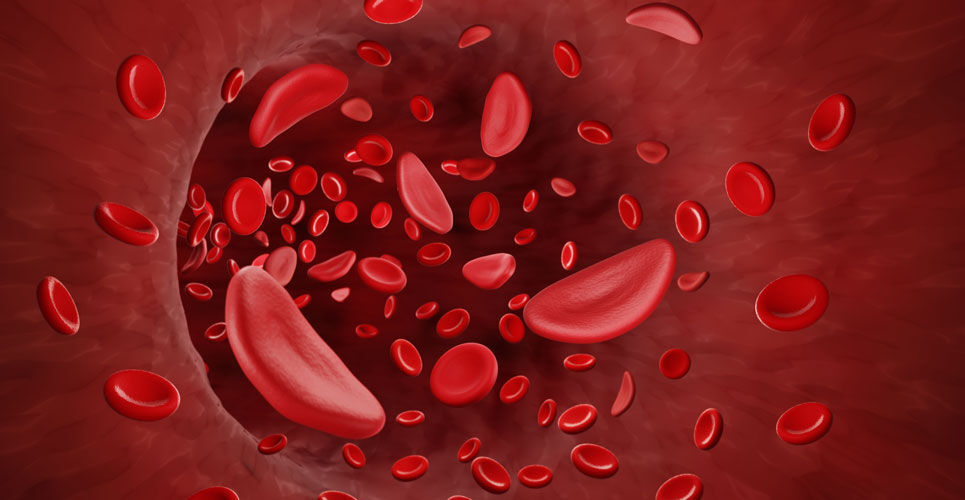Systemic corticosteroid use has been found to increase the risk of patients being hospitalised for a vaso-occlusive episode
Systemic corticosteroid use significantly increases the risk of hospitalisation for a vaso-occlusive episode (VOE) in patients diagnosed with sickle cell disease. This was the conclusion of a case-case-time-control study by French researchers led by a team from the Department of Internal Medicine, Toulouse University Hospital, France.
The World Health Organization estimates that approximately 5% of the world’s population carries trait genes for haemoglobin disorders, mainly, sickle-cell disease and thalassaemia. Sickle cell disease (SCD) results from a single amino acid substitution in the gene encoding the β-globin subunit and polymerisation of deoxygenated sickle haemoglobin leads to decreased deformability of red blood cells. The main clinical feature of sickle cell disease is the ”acute painful crisis,’’ which often requires hospitalisation These vaso-occlusive crises or episodes (VOE), are a common and painful complication of sickle cell disease in adolescents and adults and the primary reason that these patients seek medical care in hospital emergency departments.
It has become recognised that each acute painful episode is associated with inflammation and which worsens with recurrent episodes; hence one potential treatment is systemic corticosteroids. However, emerging evidence has suggested that the use of a systemic corticosteroid can lead to the development of a VOE, with one review of cases concluding that corticosteroids should be used with caution in patients with sickle cell disease. In contrast, other data from a randomised trial in adults and children, concluded that a short course of high-dose methylprednisolone decreased the duration of severe pain in children and adolescents with sickle cell disease. While the methylprednisolone was of benefit, the authors of this study did add how patients who received methylprednisolone experienced more rebound attacks after therapy was discontinued.
With some uncertainty over whether a systemic corticosteroid was of benefit or likely to cause harm in patients with sickle cell disease, in the present study, the French team examined data from the French national health insurance system database. The researchers looked for sickle cell disease patients (both adults and children) who had been hospitalised, on at least one occasion for a VOE. Using a case-case-time-control analysis, they examined the level of hospitalisations for a VOE based on exposure to a systemic corticosteroid. Their analysis was adjusted for time-dependent factors such as infections and red blood cell transfusions and also for patients exposed to hydroxyurea, a myelosuppressive agent which is the only effective drug proven to reduce the frequency of painful episodes.
Systemic corticosteroid use and hospitalisation for VOE

A total of 5151 patients with a median age of 16.9 years (53.9% female) were included in the analysis and of whom, 45% were exposed to at least one systemic corticosteroid prior to hospitalisation.
The use of a systemic corticosteroid was significantly associated with the occurrence of hospitalisation for VOE (odd ratio, OR = 3.8, 95% CI 2.4 – 5.6). The odds ratio was significantly increased in both adults (OR = 4.5) and children (OR = 2.8).
In patients exposed to hydroxyurea, the odds ratios were reduced (OR = 2.6) in comparison to the unexposed cohort (OR = 4.0).
The authors concluded that the use of any systemic corticosteroid was associated with increased risk of hospitalisation for VOE and should be limited in patients with sickle cell disease.
Citation
Walter O et al. Risk of vaso-occlusive episode after exposure to corticosteroids in patients with sickle cell disease Blood 2022

